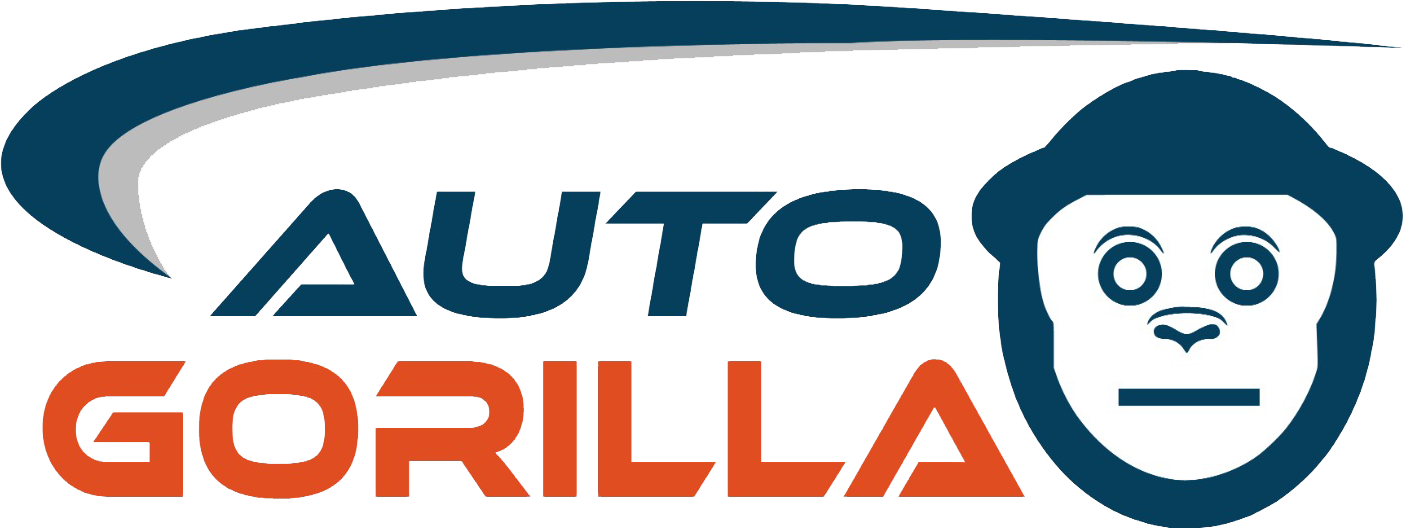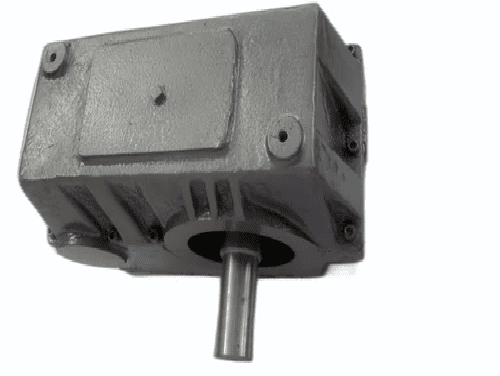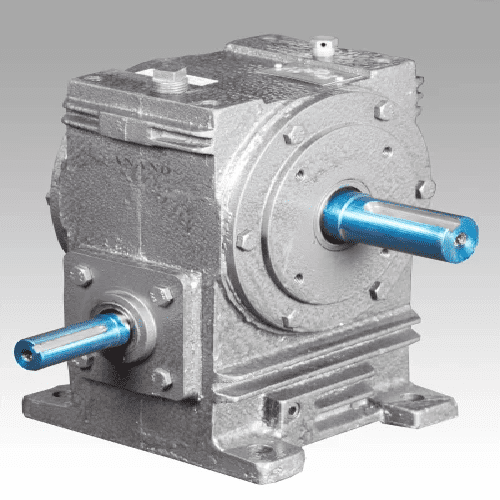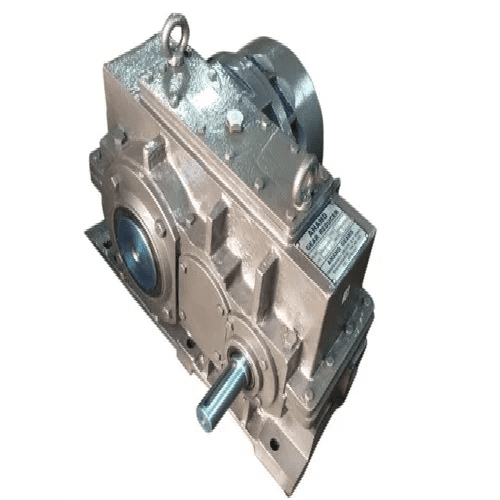Product Description:
Helical gearboxes are a type of gear system that uses helical gears to transmit power and torque between two rotating shafts. Helical gears have teeth that are cut at an angle, which causes the teeth to gradually engage with each other as they rotate, rather than all at once like in spur gears. This results in smoother, quieter operation and higher efficiency compared to spur gears.
In a helical gearbox, the input and output shafts are parallel to each other, and the gears are mounted on perpendicular shafts that are supported by bearings. The gear teeth are cut at an angle to the shaft axis, creating a helix shape that wraps around the gear. The helical shape of the teeth causes the gears to mesh gradually and smoothly, reducing noise and wear compared to other gear types.
Helical gearboxes are commonly used in industrial applications where high torque and efficiency are required, such as in conveyor systems, pumps, and mixers. They are also used in automotive applications, such as in transmissions and rear differentials.
One disadvantage of helical gearboxes is that they can produce axial forces that push the gears away from each other, causing them to exert more load on the bearings. To counteract this, some helical gearboxes use double helical gears, which have two sets of teeth that cancel out the axial forces. Another solution is to use thrust bearings to support the gears and handle the axial forces.
 View All
View All











